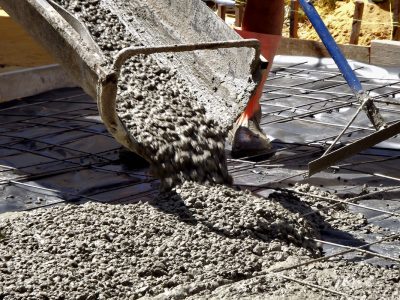If you were asked to name an eco-friendly building material, you might mention bamboo or another plant-based product that is easy to regenerate.
Concrete probably wouldn’t cross your mind. After all, concrete doesn’t exactly break down in a compost bin. If it did, it wouldn’t be responsible for holding up so much of the infrastructure we rely on: bridges, highways, dams, and even skyscrapers, just to name a few.
And yet when it comes to sustainability and eco-friendliness, concrete does have some very favorable properties. Here’s why concrete is the sustainable building material you never realized existed. Click on each point to read more.

Locate one of the plants near you.
Power plants and steel mills are just a few of the manufacturing facilities that create byproducts like silica fume, fly ash and slag cement. Reusing byproducts for other purposes is just one of the keys to sustainability, and concrete is created in part by using those byproducts.
The main “ingredient” in concrete is limestone, which is found virtually everywhere on earth. We are in no danger of running out of limestone, and harvesting it in quarries does not have the same ramifications as, for example, deforestation.
Buildings made from lesser materials eventually need to be replaced due to rot, rust or damage from fires and other disasters, such as floods. Concrete is not susceptible to such damage, making it one of the most durable and long-lasting building materials available, and certainly the most affordable for everyday use in construction.
In the event that concrete is no longer needed in an area, it can be crushed into small particles. This aggregate then becomes part of the dry mixture used to make new concrete. And because concrete is only transformed from dry material into wet, ready-to-use material on an as-needed basis, there is minimal waste leftover from the entire concrete installation process.
Concrete has a high thermal mass, which means that it is able to readily absorb and store heat from its surroundings. Heating systems for homes or buildings made with concrete materials do not have to work as hard, because heat is not lost as quickly through the walls or floor.
A special type of concrete called pervious concrete has a honeycomb pattern, which allows water to trickle through. When pervious concrete is used in parking lots, it helps sustain the local ecosystem by returning rainwater to the soil, keeping the groundwater levels high and thus making more water available to local plant life.